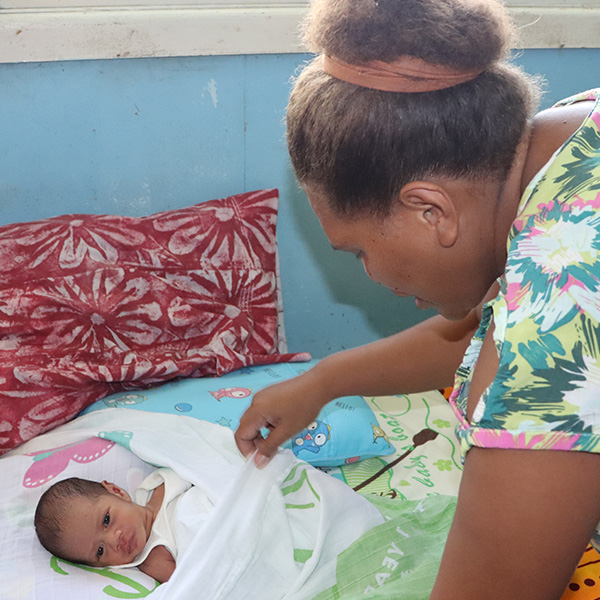Torrens University’s Bachelor of Nursing students develops their practical patient-care skills well before starting their clinical placements, by training in our state-of-the-art simulated Nursing labs on our Sydney, Melbourne, Brisbane and Adelaide campuses.
From their first subject right through to their final year, our Nursing course students gain valuable hands-on experience in the labs. This helps them to be knowledgeable and confident when they start nursing in wards and clinics.
What do students do in Nursing lab simulation?
Nursing lab Co-ordinator in our Surry Hills campus, Maria Matriano, says, ‘In the labs, our students put into practice what they learn in theory. For example, they can do IV administration, they can do catheterization and give injections, all on the mannequins. It’s a very safe environment for the students to practise these skills before they go to their clinical placement in the hospital setting or the aged-care facilities. Along with their peers, every Nursing student can learn and practise in the labs under the supervision of their teachers.’
Nursing mannequin simulation training
Our Nursing students train on life-like high-modality and low-modality simulation mannequins. The high-tech mannequins, called SimMan® or ‘simulation mannequins’, have a range of features that lecturers can program specifically for each class. These include:
- Being able to talk
- Making various sounds
- Simulating breathing, so students can practise CPR
- Different rates of heartbeats.
With the low-modality simulation mannequins, students gain skills to assist the patient in their daily life, such as:
- Washing
- Dressing
- Feeding
As well, a high-modality infant mannequin allows students to build both their paediatric skills and their confidence when nursing newborns.
‘With the small baby, the teachers can program the mannequin so we can hear its normal sounds and those sounds that tell us something is wrong,’ explains final year Bachelor of Nursing student Natalia Delgado. ‘You put the stethoscope on the chest and then the teacher changes the sounds, and you can hear it so clearly. It’s amazing.’
Talking about ways she uses the mannequins to hone her skills, Natalia says, ‘To give an injection, you put the needle into the arm and you can see the movement of the blood – well, a liquid that is like blood. When you’re just learning you can be worried about hurting the patient, so it’s great to practise over and over on a model that seems very real. You learn a lot and you know that you’ll be good at your job when you are caring for actual patients.’
As Maria explains, training in the labs gives students the chance to put their critical thinking into practice and see immediate and realistic results.
‘A student might be asked, “What would you do to revive the patient?” So they defibrillate the mannequin and bring it “back to life”. They can all watch or take part and see the outcomes of their actions. It’s so real for them. A great feature in the design of the labs is that students can easily view what the lecturer and other students are doing.’









